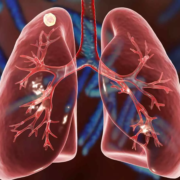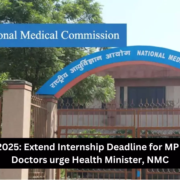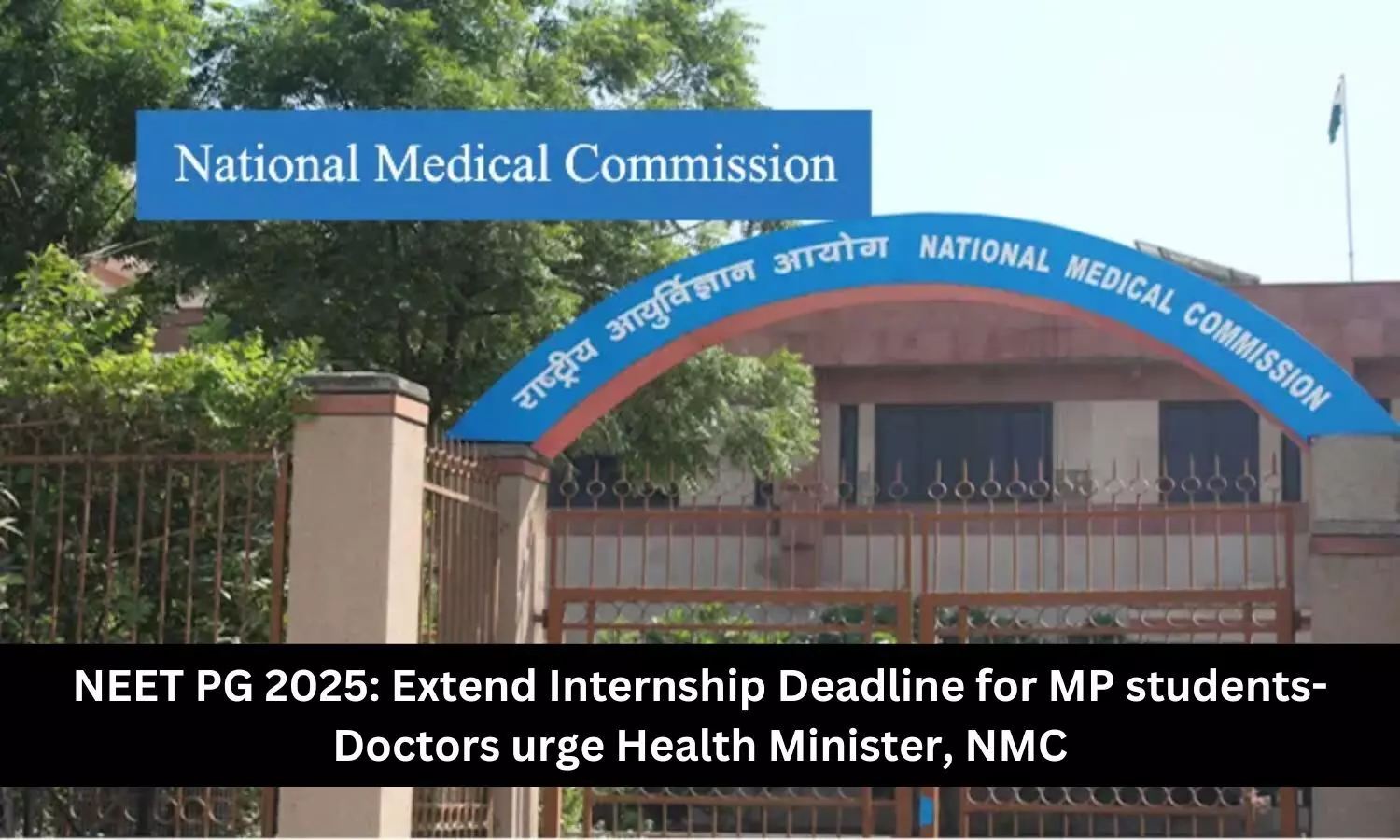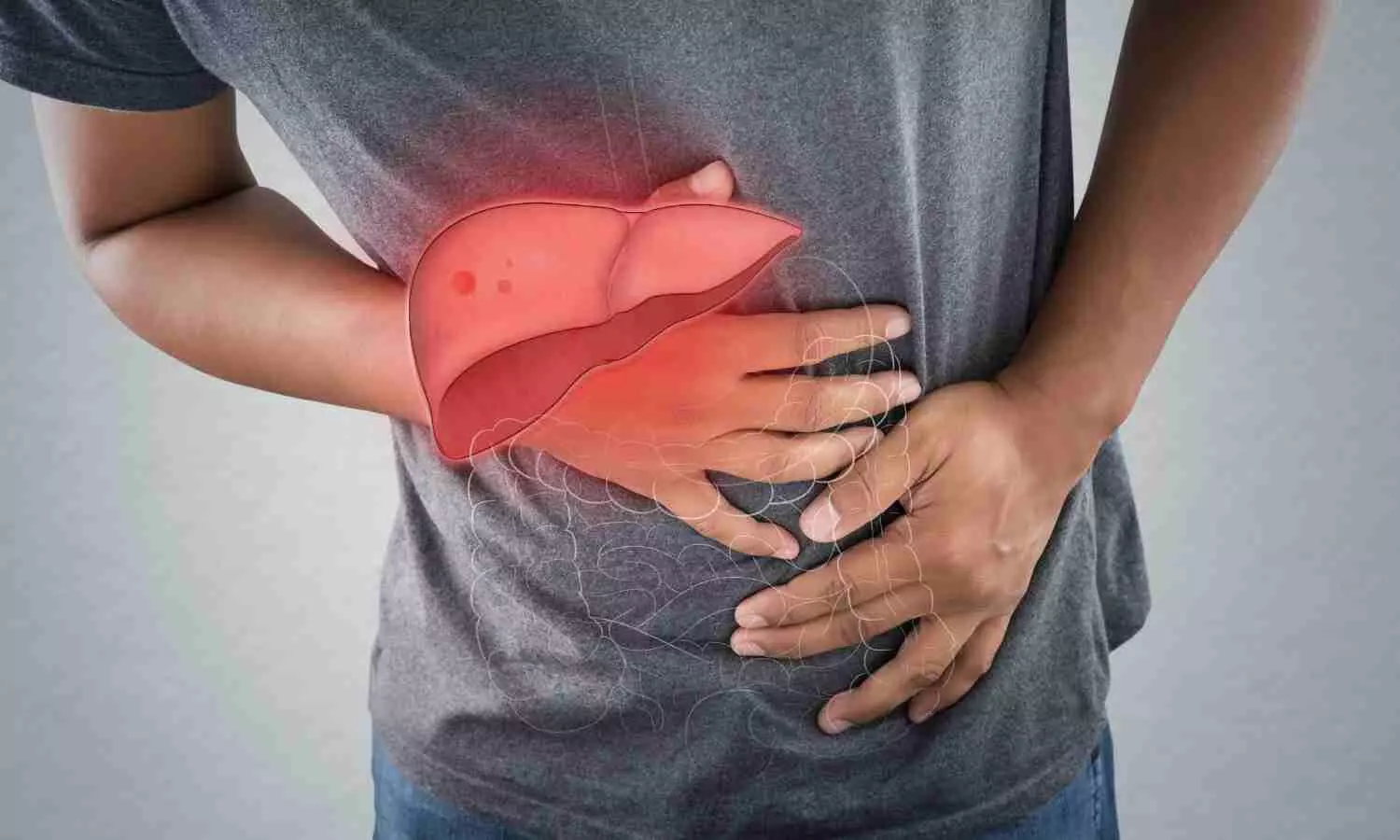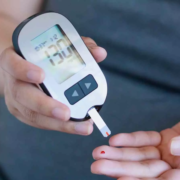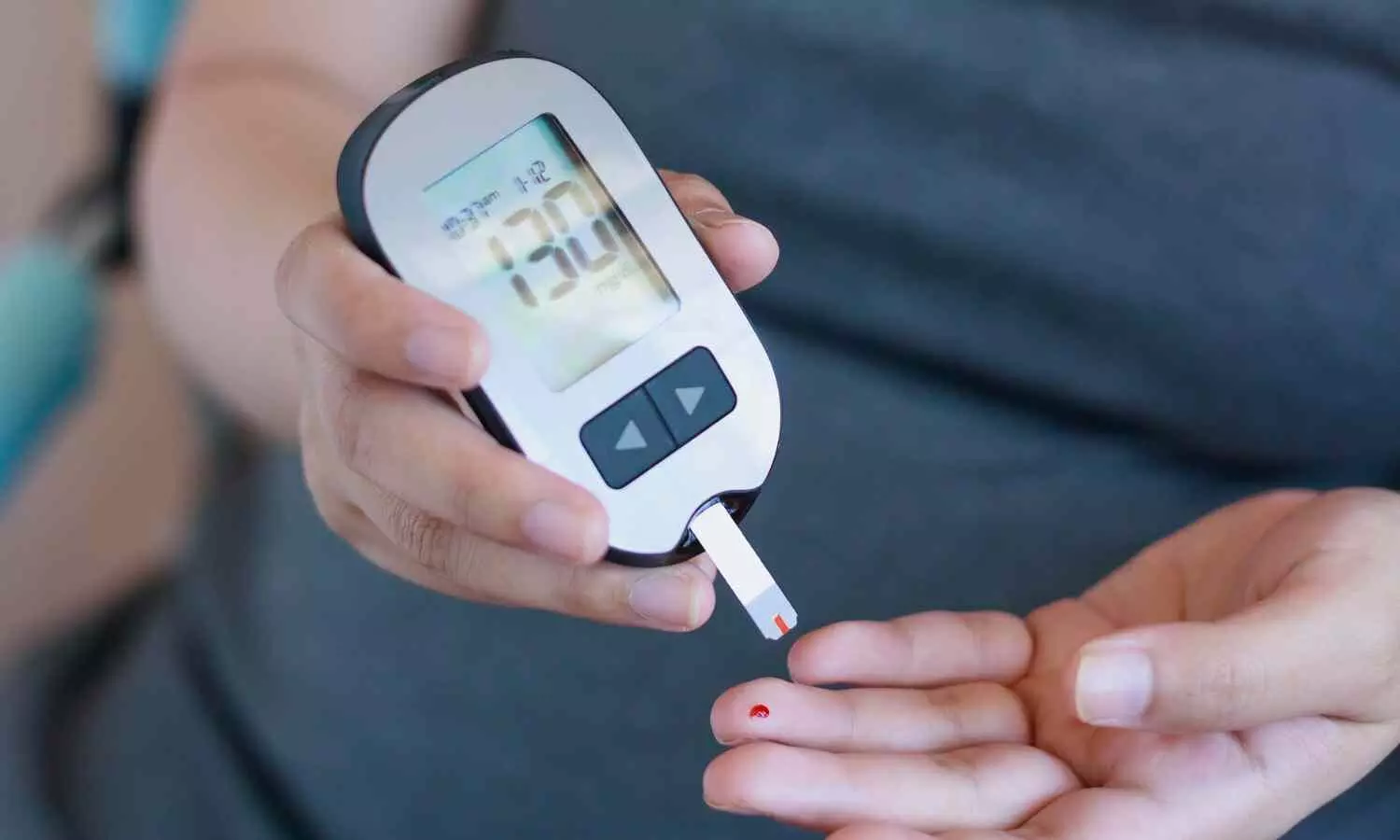Common respiratory condition nearly triples the risk of death in adults, new study finds
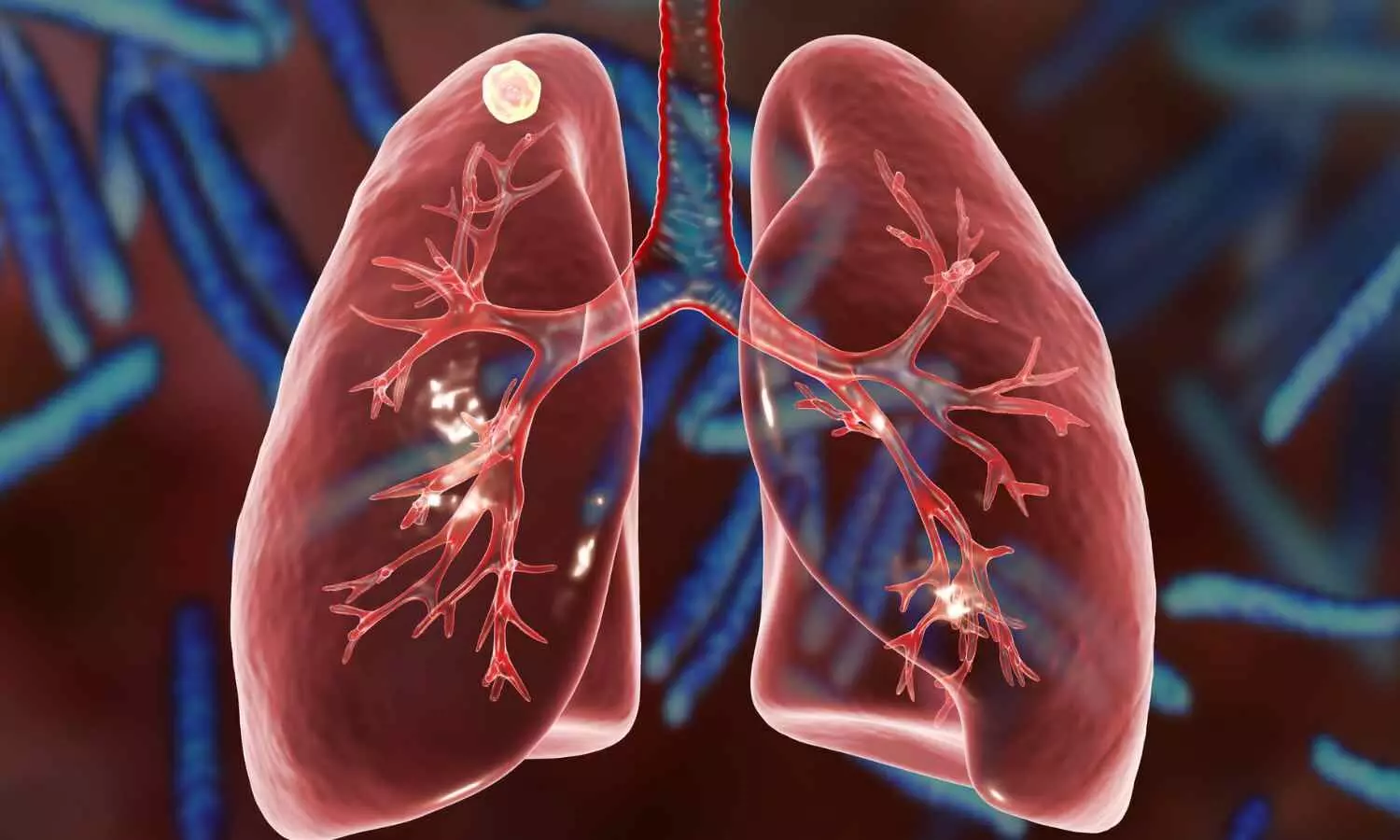
A major study presented today at ESCMID Global 2025 has revealed that adults with respiratory syncytial virus-associated acute respiratory infection (RSV-ARI) face a 2.7-fold higher risk of death within one year compared to the general population.
The findings underscore the significant, yet often under-recognised, long-term health and economic burden of RSV-ARI in adults, particularly among those with underlying conditions such as chronic obstructive pulmonary disease (COPD) and asthma.
RSV-ARI refers to a group of illnesses caused by respiratory syncytial virus (RSV), a common and highly contagious virus that primarily affects the respiratory tract. While its impact on infants and young children is well-documented, it can also lead to serious complications in adults, including pneumonia and chronic respiratory disease. Despite these risks, the full extent of its burden in adults remains poorly understood.
The Danish nationwide cohort study analysed data from 5,289 adults (≥18 years) diagnosed with RSV-ARI between 2011 and 2022, comparing them to 15,867 matched controls from the general population. Clinical and economic outcomes were assessed up to 365 days following RSV-ARI onset.
In addition to the increased risk of death, the study found that adults with RSV-ARI experienced significantly worse health outcomes. Over the course of the 365-day follow-up period, exacerbations of COPD and asthma were 3.1 and 4.6 times more frequent in RSV-ARI patients, respectively. Hospitalisation rates for RSV-ARI patients were more than double those of the control group (57% versus 28%), and intensive care unit admissions were nearly four times higher (5.3% versus 1.4%).
The economic impact of RSV-ARI was also considerable. Total direct healthcare costs for RSV-ARI patients during the 365-day follow-up amounted to €20,181, more than double the €8,085 spent on healthcare for individuals within the control group.
“One of the most striking findings from this study was the prolonged and significant impact of RSV-ARI”, said lead study author, Maria João Fonseca. “Even after the acute phase, patients continued to experience worse outcomes compared to the general population. This underscores just how serious and enduring the effects of RSV-ARI can be.”
“Exacerbations of COPD and asthma were the most common adverse clinical outcomes. These pre-existing conditions are already challenging in themselves, and RSV-ARI exacerbates their severity. Because of this, it’s crucial that we pay closer attention to patients with these underlying conditions to prevent further, potentially life-threatening complications.”
Commenting on the measures needed to reduce the impact of RSV-ARI, co-author, Stanislava Bratković commented, “Vaccination has proven highly effective in preventing severe outcomes from RSV. Given the significant burden of RSV-ARI highlighted by our study, prioritising vaccination for vulnerable populations is essential to reduce both health complications and associated costs.”
She concluded, “Looking forward, we hope our findings will inspire further research into the broader clinical and societal burden of RSV, particularly in high-risk groups. This will help shape more targeted preventive strategies and ensure timely interventions for those who need it most.”
Reference:
Common respiratory condition nearly triples the risk of death in adults, new study finds, Beyond, Meeting: ESCMID Global.
Powered by WPeMatico

